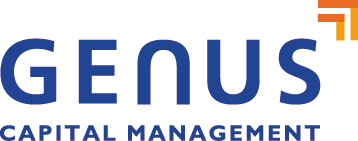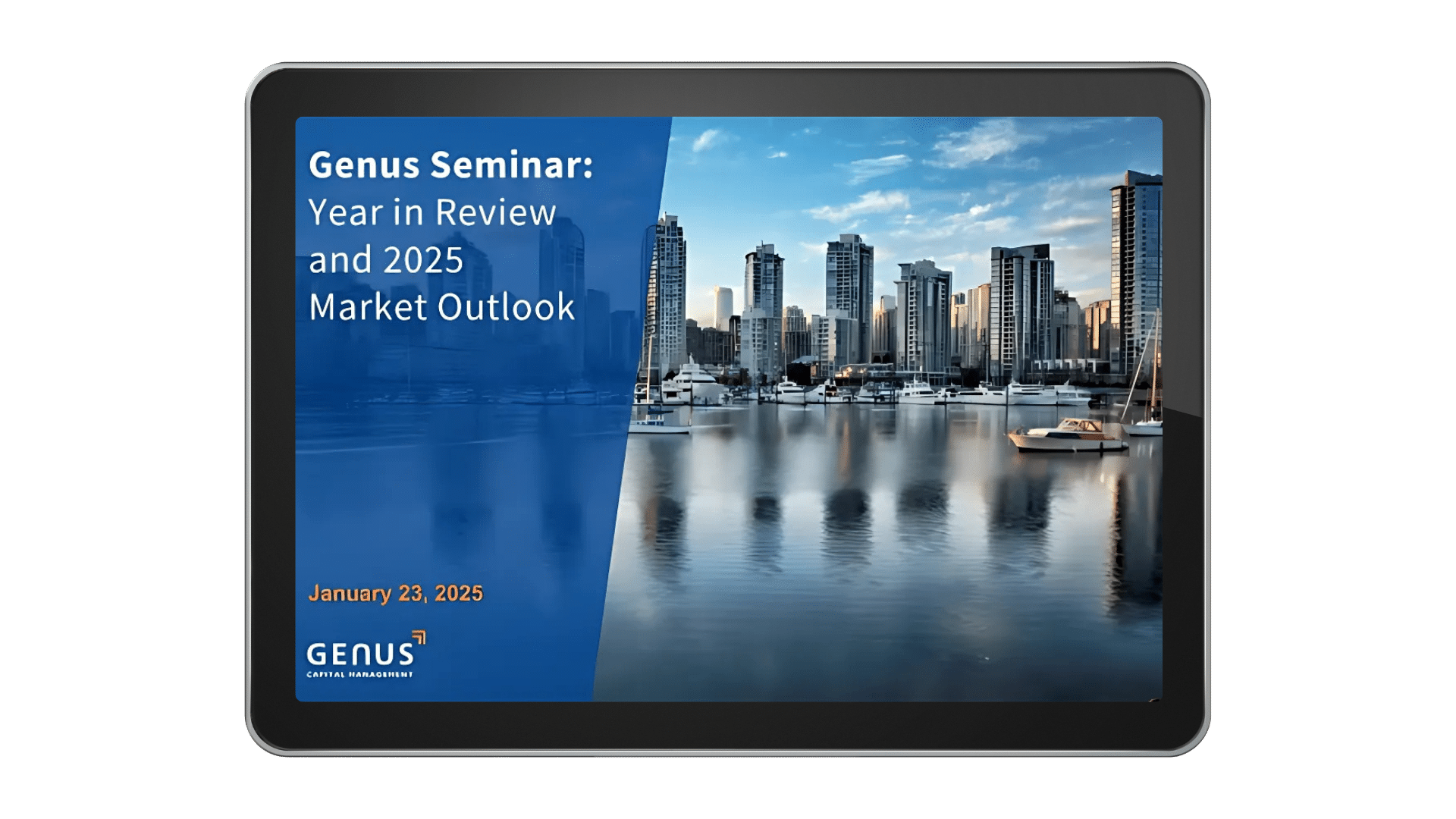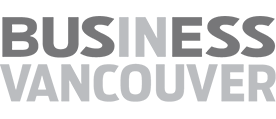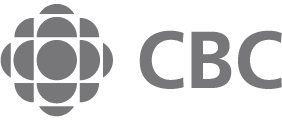Friday Market Insights – Commodity momentum takes the markets higher, with Jill Bester and Mike Thiessen
This week's questions
[00:00:22] : Why don’t we start with what happened in the market this week, Mike?
[00:01:42] : And what do the job numbers tell us about the recovery both in Canada and the US?
[00:02:59] : We’ve also have seen the Canadian dollar bounced back up. And how long do you think the commodity boom can last? That it’s obviously driving the Canadian dollar.
[00:04:47] : Our ESG ratings and how we score pharma companies like Pfizer and Moderna, AstraZeneca and J&J?
[00:06:42] : How often do those considerations get reviewed in regards to the scoring?
Jill Bester: [00:00:04] Welcome to our Friday Market Insights. My name is Jill Bester and I’m an associate portfolio manager with Genus. Today I am joined by Mike Thiessen, who is a partner and our director of Sustainable Investments. Good morning, Mike.
Mike Thiessen: [00:00:20] Morning Jill.
Jill Bester: [00:00:20] Terrific. Why don’t we start with what happened in the market this week, Mike?
Mike Thiessen: [00:00:25] Sure. Yes, so this week was overall positive for the markets. S&P 500 is up about one percent on the week, the TSX is up almost two percent on the week, continue to enjoy the commodity boom that’s happening. Bigger news events this week, Tuesday, Janet Yellen, the treasury secretary, came out saying that that rates could increase with increased government spending and then the economic recovery. So that actually sent the market down for Tuesday with the expectation of possibly higher rates. And then yesterday and today, the market jumped up. So yesterday is based mainly on more of a cyclical type rally, today the the jump was based on worst job numbers, which is actually making investors suspect that it’s going to be less likely that the Fed will increase rates which boosted the market, especially a lot of technology companies that really need lower rates to maintain the valuations that they’re at right now. So overall, a positive week and hitting all time highs for S&P 500.
Jill Bester: [00:01:35] Yeah, it was interesting. Janet Yellen kind of retrace your steps on Wednesday, which brought the markets back,which we saw. And what do the job numbers tell us about the recovery both in Canada and the US? We did have those those job numbers earlier released today. Can you share with us?
Mike Thiessen: [00:01:54] Yeah, so the job numbers today weren’t very positive, they were the unemployment in Canada went up, and that’s partially due to lock downs in many areas of Canada being reintroduced, especially are included here in B.C. And then the US non-farm payrolls weren’t as positive as expected. But but both of these is more of a blip in the long term trend. So the trend is getting more and more positive all the time. And then we’re seeing this this one negative reading. So I think that we need to focus on the overall trend. And the overall trend is that unemployment is going down and this is positive for the overall economy. And we’re seeing more spending. We’re seeing a greater recovery, especially in the US. And I think as we have more vaccinations here in Canada, that will continue for us as well.
Jill Bester: [00:02:44] Right, right. It’s been an exciting week in the news here in B.C. Kids 12 years and older are going to potentially be getting that vaccine on their arm, which will for us parents is going to put our mind at ease. We’ve also have seen an all time well, not an all time high. The Canadian dollar bounced back up. And how long do you think the commodity boom can last? That it’s obviously driving the Canadian dollar.
Mike Thiessen: [00:03:13] Yes, so the commodity boom is very positive for Canada being a reserve based economy, and I think that in the short run, we’re definitely going to see this this quality boom continue just with the economy is bouncing back. You know, the US really bouncing back in the last little while and it’s going to continue. China producing goods at an all time high levels and so, both of these major economies are really needing these raw materials that we have. Though, in the short term, we’ll certainly see that the commodity boom continue. And I suspect that we’ll see this sustained as well, because if you look at plans for the US economic plan, a lot of it is focused around infrastructure, which will still need a lot of raw materials. A lot of it is around switching to a lower carbon economy, which will also require a lot of raw materials, and we are seeing commitments to move to a low carbon economy all around the world, which is going to mean that all of these countries are going to need to change their energy infrastructure, which is going to require a lot of materials as well. So I think this is going to be a sustained boom. Whether it’s going to be a big supercycle or something like that, it’s hard to really determine. Usually that requires a big structural change, but I think this will be something that will be more seen.
Jill Bester: [00:04:34] Yeah, it’s amazing. If you you walk into Home Depot, they get a two by four nowadays. Talking about our models and scoring. I have a client who’s another question to me this week. It was in regards to our ESG ratings and how we score those. We are having a discussion around the different pharma companies and Pfizer and Moderna’s vaccine are running around thirty dollars for the two shots and, therefore, profit model. Where AstraZeneca and J&J had made the commitment not to earn profits. And so we started talking about how we would rate those pharmaceutical companies based on their models. And can you speak to that?
Mike Thiessen: [00:05:19] Sure. Yeah. So we’re talking about overall ESG scores. There’s a separation between kind of the biggest operational ESG scores and then the product impact and its scores. And in terms of operations, I think both of those both of those models are really going to have effects on the operational score. So those are those are the scores that you that you could see on your quarterly reports. But the impact scores or the net impact that you also see a quarterly reports that’s more affected by the positive impact of products that are being sold by companies in your portfolio. So far, for all of these companies that are making vaccines, their overall impact scores are going to be going up or have already gone up, depending on depending on the results, the results and what the data providers have been calculating so far. But in terms of their models, whether it’s for profit or non-profit, it’s not going to affect their overall impact scores. The only way that their business model could affect that impact score is if data providers are thinking that one company is price down. So there is some sort of price gouging or it’s at rates that are unaffordable for for people to buy the vaccine, then then that would affect their overall impact and likely to be discounted.
Jill Bester: [00:06:42] How often do those considerations get reviewed in regards to the scoring?
Mike Thiessen: [00:06:49] Yeah, yeah. So they’re reviewed quite often. So one of the great things about having this data from data providers is there are hundreds and probably thousands of analysts that are working basically for us providing these ESG scores. And they have artificial intelligence in many cases. They have they have various systems out there that technology systems that are there, that they have in order to build these scores. So they’re updating them quite often. Whenever new data is coming out from the company, possibly from a sustainability report or from a quarterly financial report, then that that data is quickly being put into into their overall ESG score as well.
Jill Bester: [00:07:34] Right. Well, terrific. I think we will wrap this up for this week, Mike, I thank you for your time. I’d also like to thank all our clients and prospective clients for joining us. If you have any questions, please reach out to your portfolio manager. Enjoy your weekend, Mike.
Mike Thiessen: [00:07:51] You do. Thanks.














